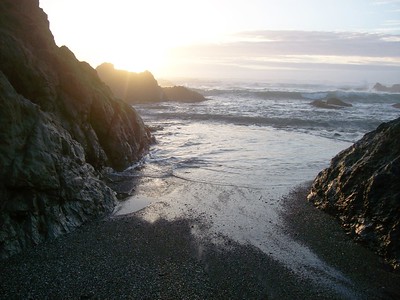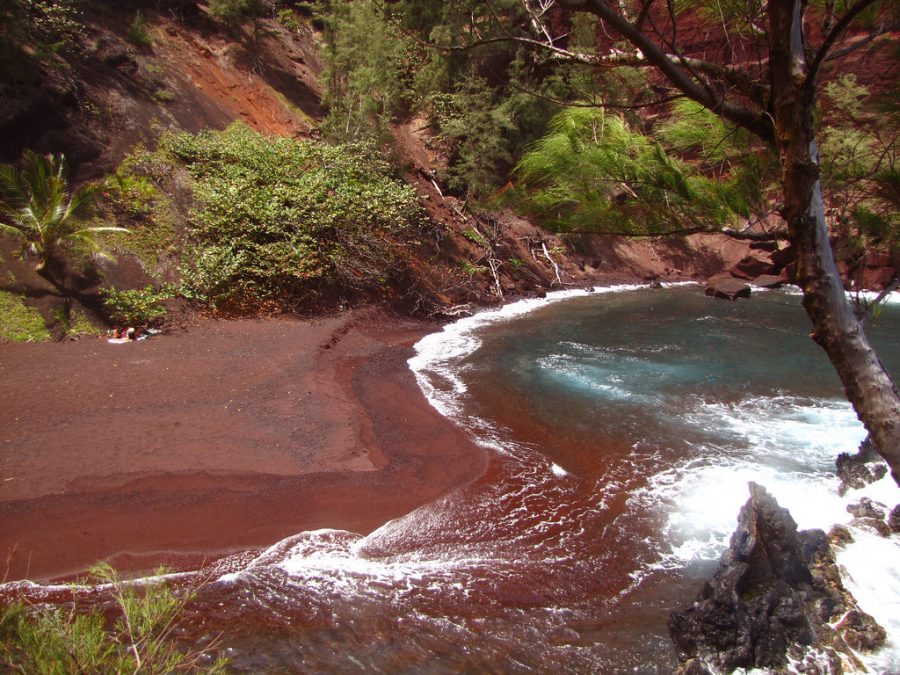Why Are Beaches’ Sand Different Colors?
The millions of different beaches in the world bring many different colors of sand. But why are they different colors? The color of sand mainly depends on the kinds or color of minerals, rocks, or shells broken down over time from erosion, and weathering. It’s washed up, or is brought through streams and rivers like a watershed. It also comes from near by land, and human or animal activity on the beach.

Sand is very important to our ecosystem as well as used in our everyday lives. Sand and its pigments, are a key ingredient to ceramics, chemicals, electronics, glass, paint, synthetic fibers, and more!
The sands color pallet includes:
- White- mainly made up of quartz
- Pink- mostly made up of calcium carbonate
- Green- main mineral is glauconite
- Orange- mainly comes from orange limestone or volcanic deposit
- Red- mineral hematite
- Purple Mauve- manganese garnet
- Tan (the most common sand color) – iron oxide
- Black- contains many minerals such as pyroxenes, augite, amphiboles, magnetite, and more
RELATED STORIES:
https://coastalcare.org/2010/10/dream-in-color-on-the-worlds-rainbow-beaches/
https://www.scientificamerican.com/article/how-does-sand-get-its-color/
https://www.sand.org/page/Products















